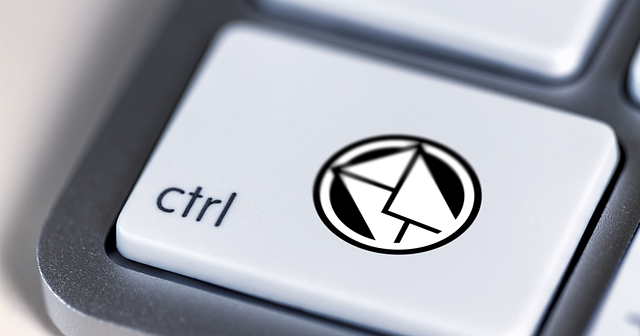AI assistants are revolutionizing form correction in demanding sectors like virtual reality (VR), where AI sensory balance testing is crucial for creating accurate, immersive environments. Leveraging machine learning algorithms, these systems analyze datasets to identify errors with impressive precision, optimizing user experiences and enhancing training realism. Integrating AI sensory balance testing in VR offers dynamic, adaptive learning platforms that provide real-time feedback on subtle equilibrium adjustments, making the learning process more efficient and effective. This technology has significant advantages in healthcare and finance, but achieving the right balance between AI's predictive capabilities and human oversight is essential.
“AI assistants are transforming data entry and form completion, offering unprecedented precision in form corrections. This article explores how machine learning algorithms excel at identifying and rectifying errors, enhancing data integrity. We delve into the innovative application of AI sensory balance testing within virtual reality, opening new avenues for accurate data capture.
Furthermore, we analyze the benefits and challenges of implementing this technology, providing insights into its potential to revolutionize data management practices.”
- Understanding AI's Role in Form Correction: The Power of Machine Learning
- Sensory Balance Testing in Virtual Reality: A New Frontier for AI Assistance
- Benefits and Challenges: Implementing AI for Precision Form Corrections in Practice
Understanding AI's Role in Form Correction: The Power of Machine Learning

AI assistants are revolutionizing form correction processes, especially in demanding fields like virtual reality (VR) development where sensory balance testing is crucial. Machine learning algorithms power these AI systems, enabling them to analyze vast datasets of forms and learn from patterns. As a result, AI can automatically detect errors, from simple typos to complex structural issues, with remarkable accuracy.
This technology ensures that forms are not just error-free but also tailored to user needs. By continuously learning from interactions, AI assistants can adapt form design based on user feedback, making them highly effective tools for creating immersive VR experiences. The integration of AI in form correction processes showcases the potential of machine learning to streamline tasks and enhance overall efficiency.
Sensory Balance Testing in Virtual Reality: A New Frontier for AI Assistance

The integration of AI assistants into virtual reality (VR) environments opens up a new frontier for precision form corrections, particularly in sensory balance testing. By leveraging AI capabilities within VR, users can experience immersive simulations that accurately replicate physical movements and sensations. This fusion of technology not only enhances the realism of training sessions but also allows for detailed analysis of an individual’s posture, balance, and coordination.
AI-driven sensory balance testing in VR offers a dynamic and adaptive learning platform. The AI assistant can provide real-time feedback on subtle adjustments required to maintain equilibrium, identifying areas where users may need extra practice or assistance. This personalized approach ensures that each user receives tailored guidance, making the learning process more efficient and effective. With continuous improvements based on performance data, VR environments equipped with AI assistants have the potential to revolutionize physical therapy, athletic training, and even everyday skill development.
Benefits and Challenges: Implementing AI for Precision Form Corrections in Practice

Implementing AI for precision form corrections offers numerous benefits, particularly in industries where data accuracy is paramount. These intelligent systems can efficiently identify and rectify errors, reducing the risk of human fatigue and minimizing costly mistakes. By leveraging machine learning algorithms, AI assistants learn from extensive datasets, enabling them to adapt to evolving forms and standards with remarkable agility. This ensures consistent quality control across various applications, from healthcare paperwork to financial transactions.
However, challenges remain in this innovative approach. One significant hurdle is achieving the right balance between AI’s predictive capabilities and human oversight. While AI excels at pattern recognition, it may struggle with nuanced, context-specific corrections. Thus, combining AI sensory balance testing in VR with expert human review can optimize performance. This hybrid model ensures that AI assistants deliver precise form corrections while allowing for human intervention when needed, fostering a collaborative environment that leverages the strengths of both technologies.
AI assistants, leveraging machine learning and sensory balance testing in virtual reality (VR), are revolutionizing form correction. By offering precise corrections, these tools enhance user experiences across various applications. While challenges exist, the benefits of AI for form correction are undeniable, promising a future where accuracy and efficiency thrive. AI sensory balance testing in VR sets a new standard for precision and accessibility.
